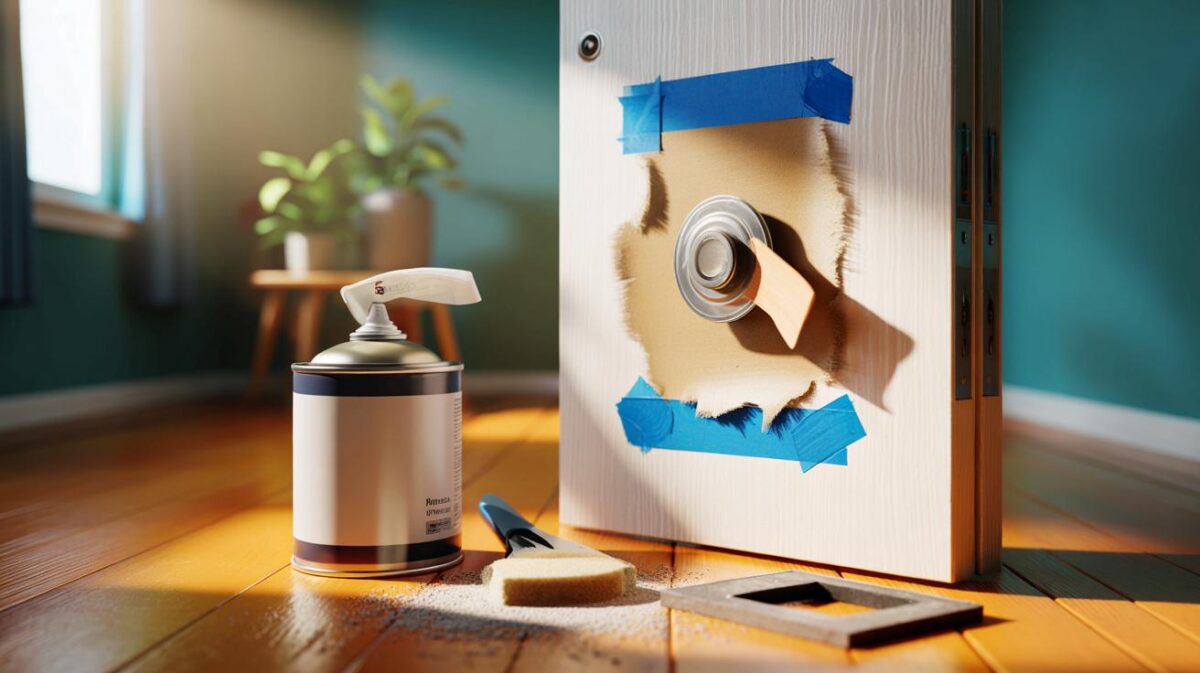One day it’s bright and springy, the next it’s grey, tired, and carrying a faint whiff you can’t un-smell. You don’t want to throw it out every other week, yet you don’t fancy wiping your plates with a bacteria hotel. The trick is not endless scrubbing. It’s smarter habits that keep it clean for longer—without turning your sink into a science lab.
The kitchen was quiet but for the kettle, and a slice of light across the sink. I reached for the sponge, already half thinking about the day, and there it was—an odour that said: yesterday’s curry, last Tuesday’s salmon, a memory of everything. I ran hot water, squeezed hard, tried to convince myself it was fine. We’ve all had that moment where a small, unglamorous object tells you the truth about your home. The cure starts before you even wash up.
Why sponges sour so quickly
Sponges love the exact conditions that help microbes thrive: warmth, moisture, and food residues. That soft, springy structure is a maze of tiny pockets where water lingers and crumbs hide. Give that a few hours and things start to bloom, which is why odour arrives first and stains follow.
In lab snapshots, kitchen sponges often carry dense mixed communities of microbes—more like a busy city than a single culprit. One study famously found staggering counts per square centimetre, which sounds alarming until you realise most are harmless. The problem is less the presence of life and more the way the sponge spreads it around your sink, tap, and chopping board. A tired sponge makes everything smell the same.
Think of a sponge as a wetland: air at the surface, low oxygen inside, nutrients everywhere. Aerobic microbes dine near the outside, anaerobes feast deeper in the pores, and every squeeze pulls in fresh air and fresh food. **Breaking that cycle is simpler than it sounds: remove leftovers, drain water, get air flowing, and give the sponge genuine off-duty time.** Materials matter, too—cellulose holds water longer than many foam synthetics, and abrasives trap gunk faster than smooth sides.
The habits that keep sponges clean for longer
Rinse the sponge straight after each use with hot, soapy water, then squeeze like you mean it—both hands, twist, and press until it’s almost dry. Park it upright on a well-drained rack, not flat on the sink. Better still, clip it to a vented holder near airflow. Short on patience? Keep two or three sponges in rotation, and let each one fully dry between shifts.
Keep raw meat juices off the sponge; use kitchen roll for those, then clean the area with a disinfectant spray. Once or twice a week, sanitise: a quick soak for five minutes in a mild bleach solution (about 10 ml unscented household bleach per litre of cold water), then rinse well and dry standing up. Boiling is another route—five minutes at a steady simmer does the job. Let’s be honest: nobody does that every day. So build small habits that stack—rinse, wring, air, rotate.
Think of this as a routine with a rhythm, not a new chore to fear. You’ll know it’s working the first morning you pick up the sponge and it smells like nothing at all.
“Clean sponges don’t happen by accident. Drying is everything, and a quick weekly sanitise resets the clock.”
- Adopt a two-sponge system: one for dishes, one for surfaces, colour-coded.
- Give each sponge at least 24 hours to dry between heavy sessions.
- Use a vented holder or rack; avoid closed tubs and soggy sink corners.
- Sanitise weekly with mild bleach or a five-minute boil; rinse and air-dry.
- Retire a sponge early to ‘dirty jobs’ (bins, oven trays), then bin it.
A lighter, longer-life routine
There’s a sweet balance between hygiene and faff, and your sink is where it shows. Keep what works: a swift rinse after use, a fierce wring, somewhere breezy to perch, and a weekly reset that takes less time than making tea. **Skip the risky shortcuts—microwaving can be uneven and potentially hazardous, and closed caddies just brew a swamp.** If you want an even calmer life, pair sponges with microfibre cloths for light wipe-downs; they dry quickly and can go straight into the wash. Over time, the pattern sticks and the smell doesn’t. Small satisfactions add up—clear sink edge, quiet sponge, fewer mystery aromas. And yes, you’ll still replace them, just not as often. Share the rhythm with housemates or family, and your kitchen will feel nicer without anyone quite knowing why.
| Key points | Detail | Reader benefit |
|---|---|---|
| Dry fast | Rinse hot, wring hard, store upright with airflow | Cuts odour and slows growth between washes |
| Rotate and rest | Use 2–3 sponges, give each 24 hours to dry | Longer lifespan and better hygiene with less effort |
| Sanitise safely | Weekly mild bleach soak or five-minute boil | Resets the microbial load without complex kit |
FAQ :
- How often should I replace a kitchen sponge?Every 2–3 weeks for daily use, sooner if it smells, sheds, or looks slimy. Heavy cooking households may cycle faster; light-use homes can stretch it.
- Is microwaving a sponge safe?It’s risky and unreliable. Results can be uneven, and there’s a fire hazard with dry or metallic fibres. Safer options: a mild bleach soak or a five-minute boil.
- Can vinegar or lemon disinfect a sponge?They reduce odour but don’t reliably sanitise. For disinfection, use a mild bleach solution or boiling water, then dry well.
- Does the dishwasher clean sponges?Hot cycles can lower the load, but sponges often emerge damp and not fully sanitised. If you try it, use a hot cycle and dry the sponge thoroughly afterwards.
- What’s better: sponge or microfibre cloth?They do different jobs. Sponges scrub and lift stuck-on bits; microfibre shines for quick wipe-downs and dries faster. Many kitchens use both and wash cloths hot.









